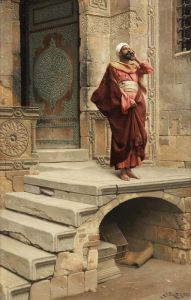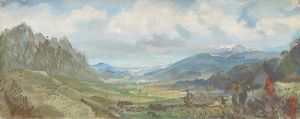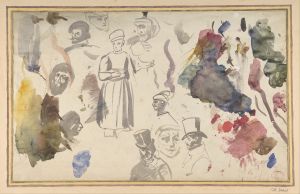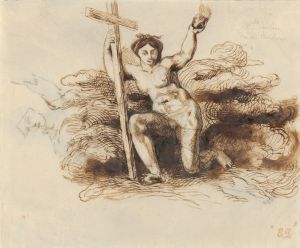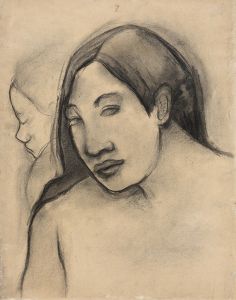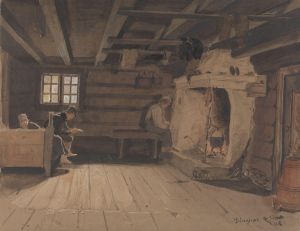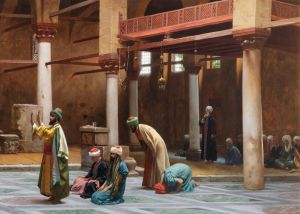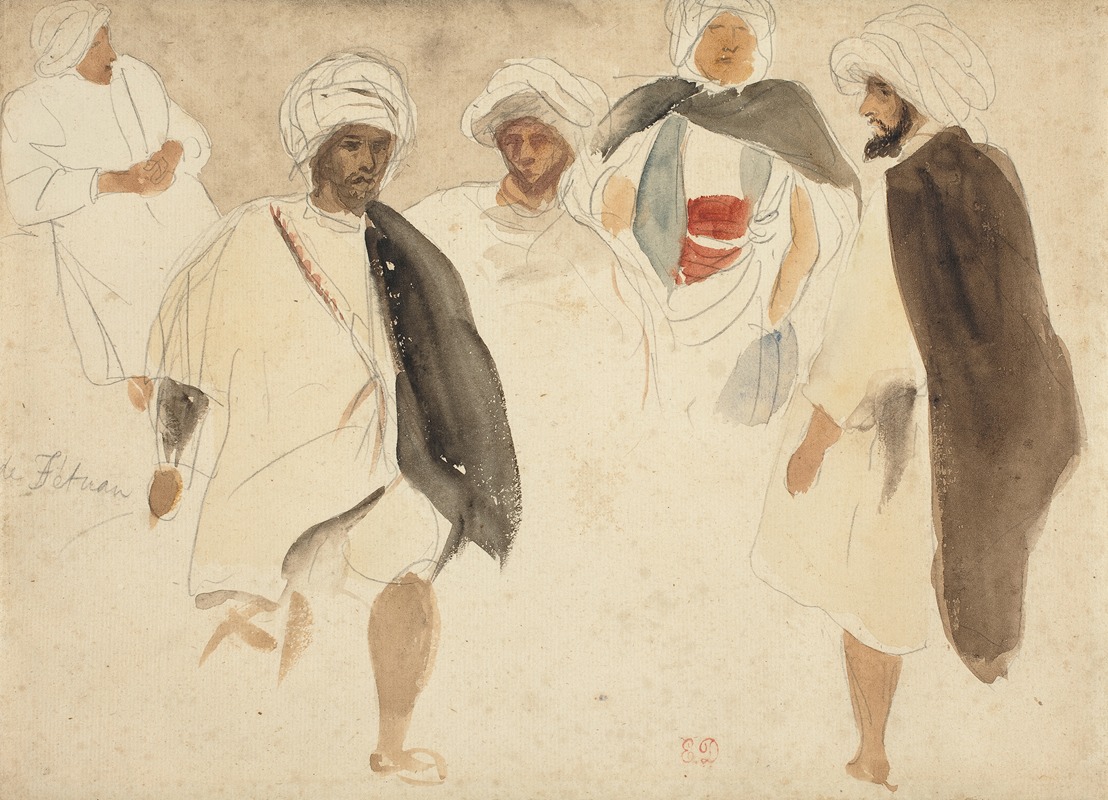
Study of Arabs
A hand-painted replica of Eugène Delacroix’s masterpiece Study of Arabs, meticulously crafted by professional artists to capture the true essence of the original. Each piece is created with museum-quality canvas and rare mineral pigments, carefully painted by experienced artists with delicate brushstrokes and rich, layered colors to perfectly recreate the texture of the original artwork. Unlike machine-printed reproductions, this hand-painted version brings the painting to life, infused with the artist’s emotions and skill in every stroke. Whether for personal collection or home decoration, it instantly elevates the artistic atmosphere of any space.
"Study of Arabs" is a painting by the renowned French artist Eugène Delacroix, who is widely recognized as a leading figure in the Romantic movement. Delacroix's work is celebrated for its vibrant color, dynamic compositions, and emotive subject matter. "Study of Arabs" exemplifies these characteristics, reflecting Delacroix's fascination with the cultures and peoples of North Africa, a theme that recurred throughout his career.
Eugène Delacroix was born on April 26, 1798, in Charenton-Saint-Maurice, France. He rose to prominence in the early 19th century and became known for his expressive brushwork and use of color, which were revolutionary at the time. Delacroix's interest in Orientalism—a term used to describe the depiction of Eastern cultures in Western art—was sparked by his travels to North Africa in 1832. This journey profoundly influenced his artistic vision and provided a wealth of inspiration for his subsequent works.
"Study of Arabs" is one of several pieces Delacroix created that depict scenes from his travels in Morocco and Algeria. These works are characterized by their vivid portrayal of the people, landscapes, and customs he encountered. Delacroix was particularly captivated by the vibrant colors and dynamic movement he observed, which he sought to capture in his art.
The painting "Study of Arabs" showcases Delacroix's skill in rendering human figures and his keen attention to detail. The composition typically features a group of Arab men, often engaged in conversation or some form of activity. Delacroix's use of color and light in these studies is notable, as he employs a rich palette to convey the warmth and intensity of the North African environment. His brushwork is both fluid and precise, capturing the textures of fabrics and the play of light on skin.
Delacroix's portrayal of Arab subjects was informed by his observations and sketches made during his travels. He was known to carry a sketchbook with him, capturing scenes and details that would later inform his studio work. These studies were not only artistic endeavors but also served as a form of documentation of the cultures he encountered.
While "Study of Arabs" is a testament to Delacroix's artistic prowess, it also reflects the broader 19th-century European fascination with the "exotic" East. Orientalism, as a genre, often romanticized and sometimes misrepresented Eastern cultures, and Delacroix's work is part of this complex tradition. However, his paintings are distinguished by their empathy and depth of observation, which set them apart from more superficial depictions of the time.
Delacroix's influence on subsequent generations of artists cannot be overstated. His innovative use of color and expressive technique paved the way for later movements such as Impressionism and Post-Impressionism. Artists like Vincent van Gogh and Paul Cézanne admired Delacroix's work and drew inspiration from his bold approach to color and form.
In summary, "Study of Arabs" by Eugène Delacroix is a significant work that highlights the artist's engagement with Orientalist themes and his mastery of color and composition. It stands as a testament to Delacroix's enduring legacy in the history of art and his role in shaping the Romantic movement.





